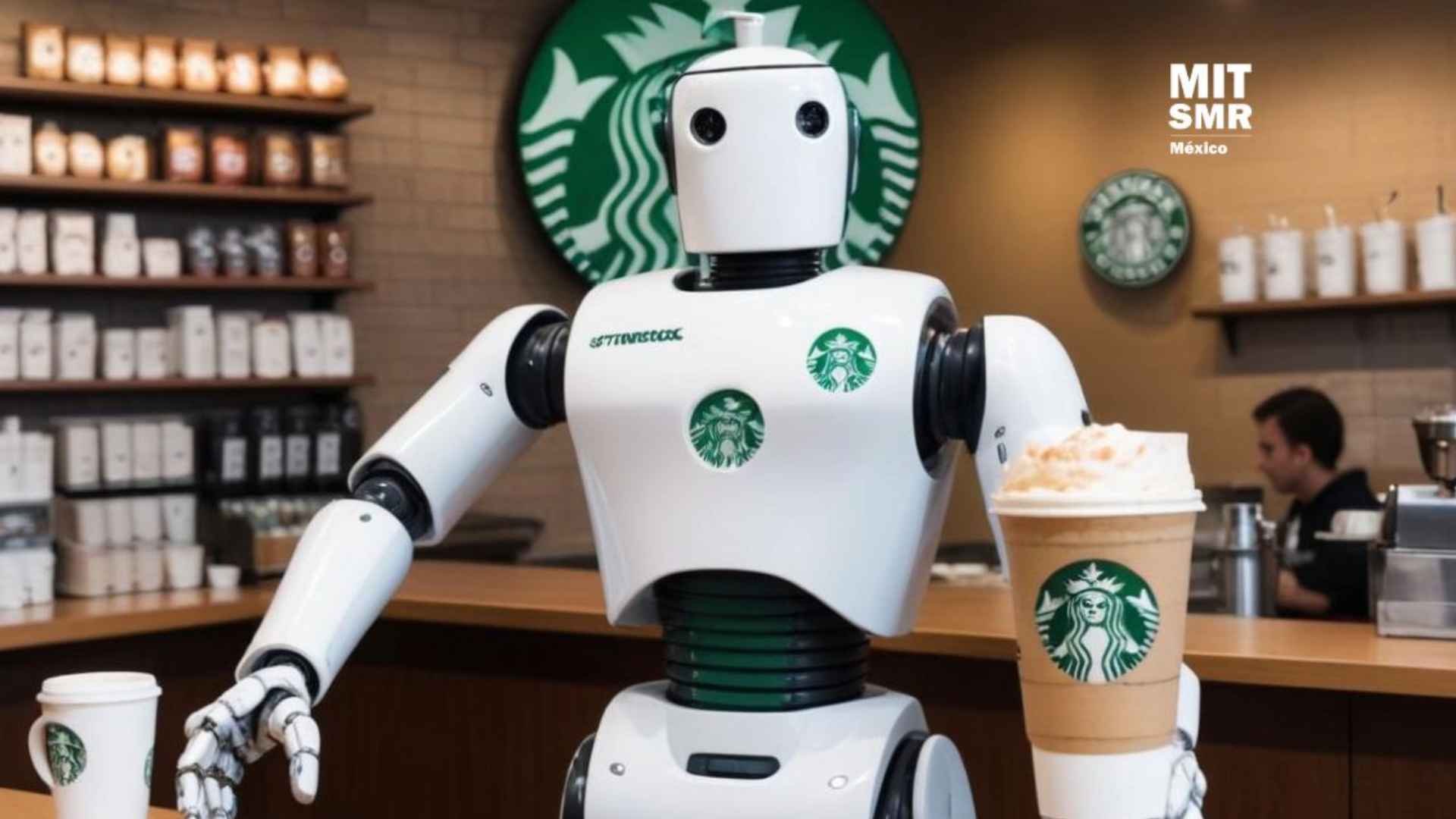Starbucks, the world’s largest coffee chain, has officially inaugurated its first 3D-printed store in Brownsville, Texas. This border city of around 190,000 residents has become the epicenter of a significant shift in retail construction, showcasing the brand’s ambition to modernize its physical locations.
At this newly unveiled drive-thru, a programmed machine handled the concrete-laying process by printing each layer with a robotic arm. The result is a rectangular structure with distinctive ribbed walls, hinting at an innovative phase for both Starbucks and commercial architecture. Company representatives have not clarified why Brownsville was selected, but the choice appears to be a strategic step toward faster, more sustainable construction.
How 3D printing technology may redefine the future of large-scale retail structures in the United States
Although 3D printing has gained traction in the residential sector—particularly for addressing housing challenges—it remains somewhat rare in commercial projects. Yet Starbucks aims to lead the pack by merging cost reduction, speedy building times, and eco-friendly materials. According to market data, Starbucks could exceed 40,000 worldwide locations by 2024, with over 16,000 in the United States alone.
Will more retailers follow suit as they look for efficient ways to expand and revitalize their footprints? Below is a brief table illustrating the potential advantages of 3D printing compared to traditional methods:
| Advantage | Explanation |
|---|---|
| Faster Construction | Automated processes can reduce building time. |
| Less Material Waste | 3D printing targets precise areas, minimizing excess. |
| Reduced Labor Needs | Technology replaces certain manual tasks, saving costs. |
These benefits may open new paths for commercial builders seeking flexibility and innovation. However, some experts still question the availability of resources and the long-term durability of large-scale printed structures.
What does Starbucks’ 3D-printed approach mean for coffee lovers across the country?
Starbucks remains a powerhouse in the American coffee industry, holding a considerable share of a sector valued at over $68 billion. Its popularity is evident in the high recognition it commands among consumers. By exploring advanced construction technologies, the company aims to deliver new experiences while potentially reducing its environmental footprint.
Could we soon see 3D-printed stores in other regions looking to cut costs and stay eco-friendly?
Retailers are under constant pressure to find more sustainable, efficient ways to serve customers. With 3D printing, a building can be completed faster, use fewer raw materials, and be replicated in multiple locations without massive design overhauls. The path Starbucks has taken suggests this technology might reshape the commercial landscape much sooner than expected.
In conclusion, Starbucks’ Brownsville branch stands as a testament to how retail giants can embrace emerging construction methods for growth and sustainability. The coming months will reveal whether this is a one-time experiment or the beginning of a new era for the brand’s physical expansions.

